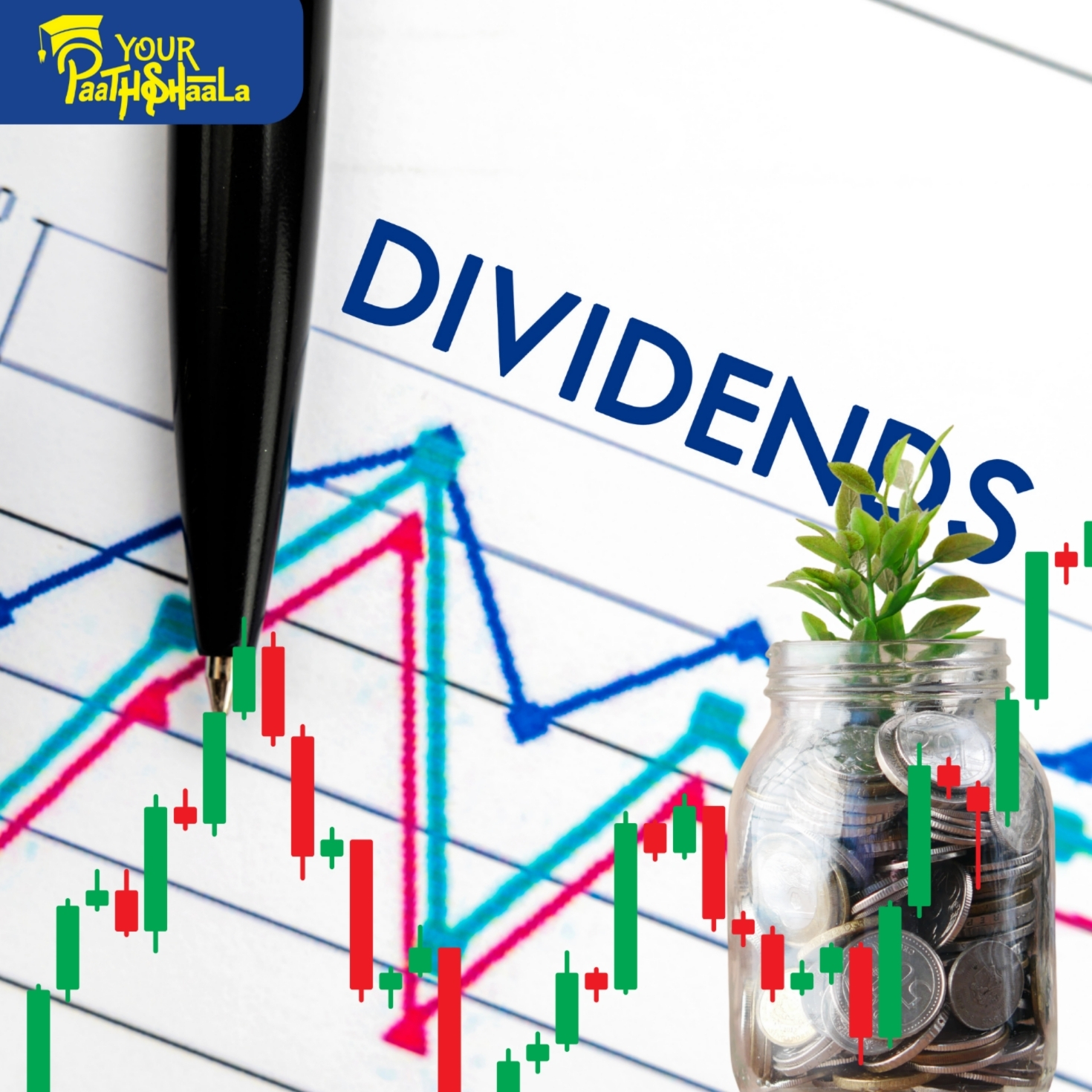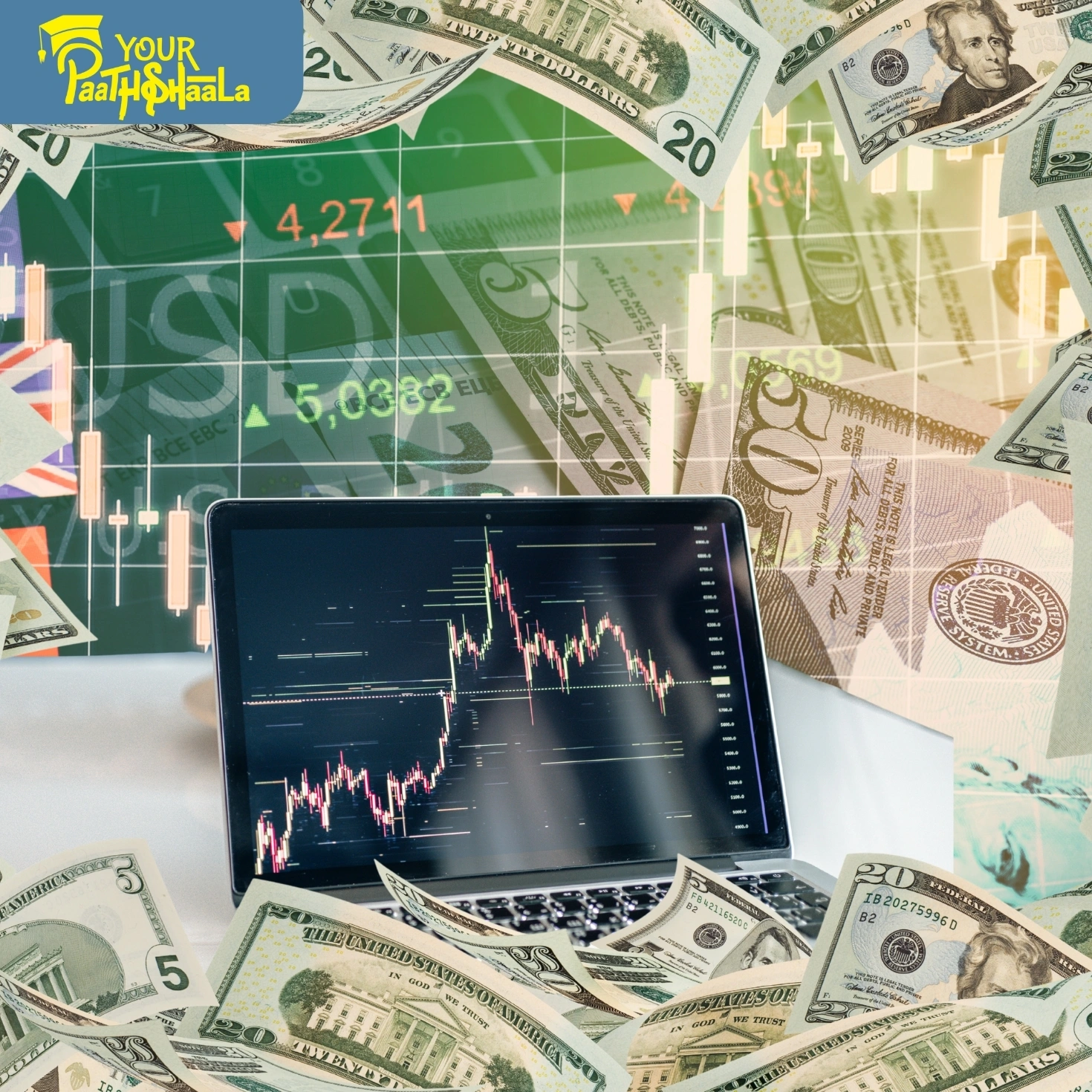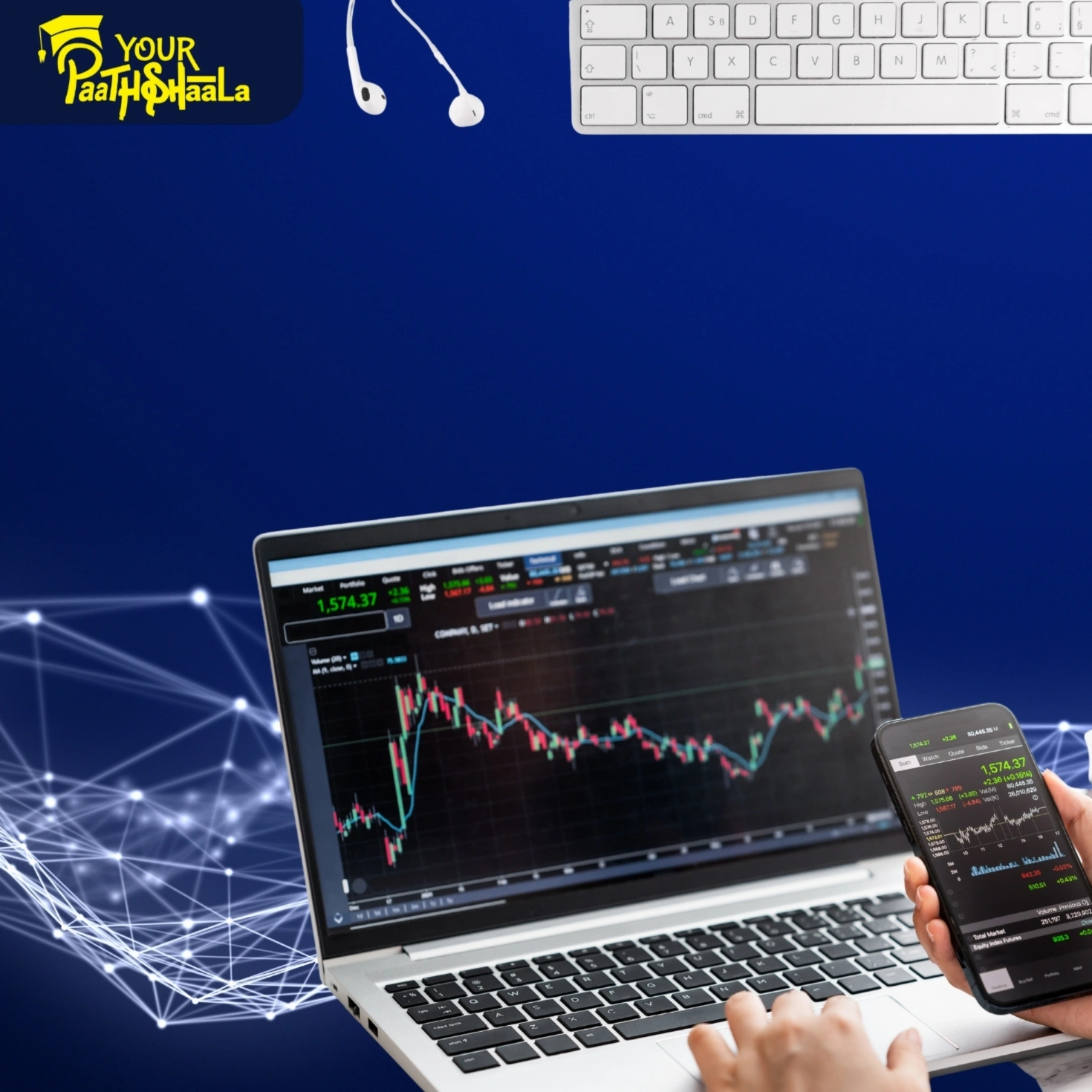The Interplay Between Stock Market and Cryptocurrency: Growing Correlation and Its Impact on Diversification
The worlds of traditional finance and digital assets are no longer separate. Over recent years, the correlation between the stock market and cryptocurrency has deepened, reshaping how investors think about risk, diversification, and portfolio management. Today, major economic events—like interest rate changes, inflation announcements, or geopolitical tensions—often trigger similar reactions in both asset classes. Understanding this evolving relationship is crucial for anyone looking to build a resilient, diversified investment strategy.
In this comprehensive, SEO-friendly guide, we’ll explore why the stock market and cryptocurrency are moving in sync, how macroeconomic factors affect both, and what this means for your portfolio. We’ll also offer practical tips for navigating this new landscape and making smarter investment decisions.
How the Stock Market and Cryptocurrency Became Connected
From Fringe to Mainstream
A decade ago, cryptocurrencies like Bitcoin were seen as outliers—volatile, experimental assets that operated independently of traditional financial markets. Today, crypto is a global phenomenon, with institutional investors, corporations, and even central banks taking notice and getting involved123.
The Nasdaq-Crypto Connection
The Nasdaq, home to many of the world’s largest technology companies, has become a bellwether for both tech stocks and major cryptocurrencies. When the Nasdaq rises or falls, crypto prices often follow. This is partly because both markets are driven by similar investor sentiment and macroeconomic factors, and partly because many tech companies are now directly exposed to crypto through investments or business models12.
Why the Similarity?
Tech-Driven Growth: Both the Nasdaq and crypto are seen as innovation hubs, attracting investors who are bullish on technology and digital transformation.
Institutional Adoption: Major companies like MicroStrategy and Tesla hold significant Bitcoin reserves, linking their stock prices to crypto market movements1.
Retail Investor Behavior: Retail traders often move between stocks and crypto, amplifying correlations during periods of market excitement or fear2.
The Growing Correlation: Evidence and Causes
What the Data Shows
Recent studies and market observations confirm that the correlation between stocks (especially tech stocks) and cryptocurrencies has increased dramatically. According to IMF research, the link between crypto assets and equities is now stronger than the correlation between stocks and traditional safe havens like gold or government bonds3. This means that, in many cases, crypto no longer provides the diversification benefits it once did.
Why Are They Moving Together?
Macroeconomic Factors: Both markets are sensitive to changes in interest rates, inflation, and liquidity. When central banks tighten monetary policy, both stocks and crypto often decline. When money is cheap and flowing freely, both tend to rise145.
Risk-On, Risk-Off Sentiment: Both asset classes are considered “risk-on” assets. In times of optimism, investors buy both; in times of fear, they sell both14.
Corporate Exposure: Companies like MicroStrategy, Tesla, and Coinbase have large crypto holdings or business models tied to digital assets, creating a direct link between their stock prices and crypto markets12.
Liquidity and Market Structure: Increased liquidity in crypto markets, the rise of crypto ETFs, and the integration of crypto prices into mainstream financial news have further blurred the lines between the two markets2.
How Economic Events Affect Both Markets
Interest Rates and Liquidity
Central bank policies have a profound impact on both stocks and crypto. When interest rates are low and liquidity is abundant, investors pour money into riskier assets, driving up prices in both markets. Conversely, when rates rise and liquidity tightens, both markets often suffer145.
Example: The 2020-2021 bull run in both stocks and crypto was fueled by massive monetary stimulus and near-zero interest rates. The subsequent tightening cycle in 2022-2023 led to sharp declines in both asset classes14.
Inflation
Inflation is another key driver. Rising inflation erodes the value of fiat currencies, prompting investors to seek alternative stores of value like Bitcoin. However, if inflation leads to aggressive rate hikes, both stocks and crypto can fall as investors move to safer assets45.
Economic Growth and Recession
During economic expansions, both markets tend to perform well as investor confidence grows. In recessions, both can face selling pressure as investors become risk-averse45.
Regulatory and Technological Developments
Regulatory clarity can boost confidence in both markets, while uncertainty or restrictive policies can trigger volatility. Technological advancements, such as improvements in blockchain technology or the launch of new financial products, can also drive growth in both sectors4.
The Impact on Portfolio Diversification
Rethinking Diversification
Traditionally, investors have used a mix of stocks, bonds, and alternative assets (like gold or real estate) to reduce risk. Cryptocurrency was once seen as a new, uncorrelated asset class that could further diversify portfolios. However, the growing correlation between stocks and crypto means that this benefit is now limited3.
Risk Amplification: If both markets move in sync, a downturn in one can drag down the other, increasing overall portfolio risk.
Opportunities for Active Management: Understanding the relationship between stocks and crypto can help investors anticipate market moves and adjust their strategies accordingly.
How to Adapt Your Strategy
Monitor Correlations: Keep an eye on how closely your stock and crypto holdings are moving together. If the correlation is high, consider rebalancing or adding truly uncorrelated assets.
Focus on Macro Trends: Pay attention to interest rates, inflation, and economic growth, as these factors drive both markets.
Diversify Within Crypto: Not all cryptocurrencies behave the same way. Some may have unique use cases or lower correlation with traditional assets.
Consider Hedging: Use options, futures, or other derivatives to protect against downside risk in both markets.
Real-World Examples
The 2020-2021 Bull Run
During the pandemic, unprecedented monetary stimulus and low interest rates led to a surge in both stock and crypto prices. Tech stocks and Bitcoin both reached all-time highs, driven by similar investor optimism and liquidity14.
The 2022-2023 Bear Market
As central banks raised interest rates to combat inflation, both markets experienced sharp declines. Investors sold risk assets across the board, demonstrating the growing synchronization between stocks and crypto14.
Corporate Crypto Holdings
Companies like MicroStrategy and Tesla have seen their stock prices closely track Bitcoin’s movements, highlighting the direct link between corporate performance and crypto markets12.
Frequently Asked Questions
Q: Is crypto still a good diversifier for my stock portfolio?
A: The diversification benefits of crypto have diminished as its correlation with stocks has increased. However, some cryptocurrencies may still offer unique exposure, and the relationship can vary over time3.
Q: Why do stocks and crypto sometimes move together?
A: Both are influenced by similar macroeconomic factors (interest rates, inflation, liquidity) and investor sentiment. Corporate exposure to crypto also plays a role123.
Q: How can I protect my portfolio if both markets fall at the same time?
A: Consider adding uncorrelated assets (like bonds, gold, or real estate), using hedging strategies, or increasing cash holdings during periods of high correlation3.
Q: Will this correlation continue in the future?
A: While the trend is toward greater correlation, the relationship can change with shifts in market structure, regulation, or investor behavior. Staying informed is key123.
Practical Tips for Investors
Stay Informed: Follow macroeconomic news, central bank announcements, and regulatory developments that could impact both markets.
Rebalance Regularly: Adjust your portfolio to maintain your desired risk profile, especially if correlations shift.
Diversify Beyond Stocks and Crypto: Consider adding assets with low or negative correlation to both markets, such as government bonds or commodities.
Use Technology: Leverage tools and platforms that allow you to monitor correlations and adjust your strategy in real time.
Conclusion: Navigating the New Financial Landscape
The interplay between the stock market and cryptocurrency is one of the most significant developments in modern finance. The growing correlation between these asset classes means that investors can no longer rely on crypto as a simple diversification tool. Instead, understanding the underlying drivers—macroeconomic trends, corporate exposure, and investor sentiment—is essential for building a resilient portfolio.
Key takeaways:
The correlation between stocks and crypto has grown, driven by shared macroeconomic factors and corporate involvement123.
Both markets often react similarly to economic events like interest rate changes and inflation45.
Understanding this relationship can help you make smarter diversification decisions and manage risk more effectively.
As the financial landscape continues to evolve, staying informed and adaptable will be your best strategy for long-term success.
Ready to learn more about portfolio diversification and the latest market trends? Visit YourPaathshaala near 🏥 Anjali Children Hospital, Tagore Nagar, Mathpurena, Raipur (PIN: 492001, Chhattisgarh). Click the Call Now to contact us for expert guidance and personalized investment strategies!







